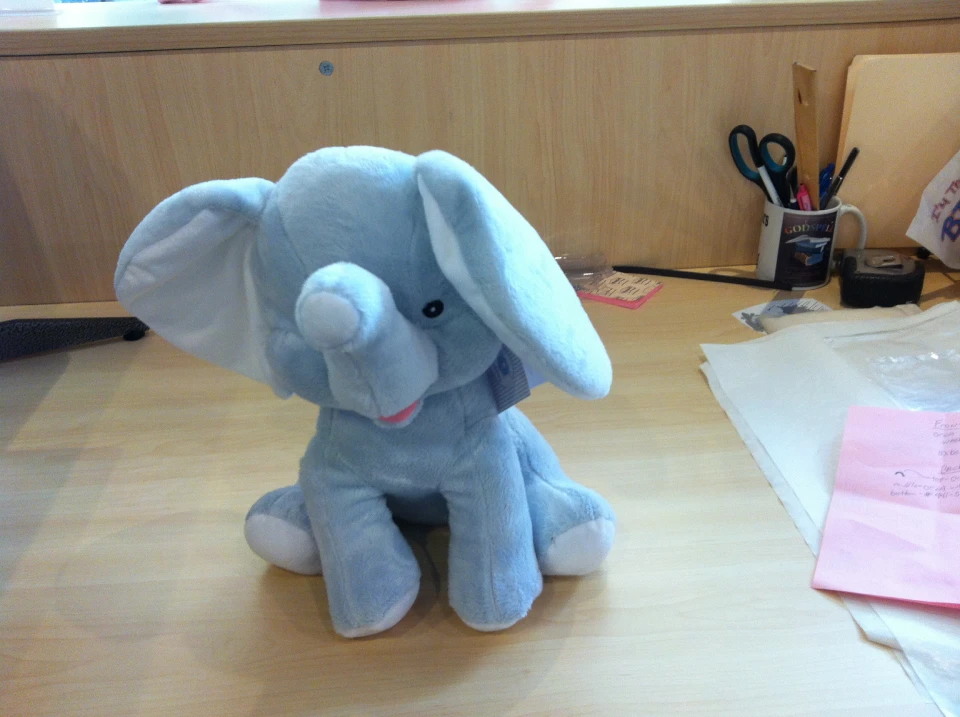Sophisticated Monogramming on Towels for a Touch of Deluxe
The Art of Personalized Needlework: Opening the Secrets to Creating Unique and Unforgettable Layouts
Embroidery, a craft soaked in tradition and virtuosity, holds within its complex stitches the power to transform material into a canvas of special expression. The tricks to producing custom-made embroidery styles that mesmerize the eye and leave a long-term impression depend on a delicate equilibrium of method, imagination, and interest to detail. As we delve right into the globe of custom embroidery, we uncover the nuanced interaction between thread choice, stitch complexity, and design customization that elevates a mere garment to a masterpiece. Join us on a journey through the art of customized needlework as we unravel the secrets behind crafting genuinely extraordinary and distinctive creations.
Choosing the Right Needlework Threads
When picking embroidery strings, what key aspects should you consider to make certain the finest outcomes for your customized designs? The choice of needlework string is important in determining the final result of your stitched layout. Among the main factors to consider is the material of the string. Various products such as cotton, polyester, rayon, and silk provide differing levels of sheen, longevity, and texture. It is vital to choose a string product that complements the material you are stitching on and straightens with the preferred look of the layout.
Thicker strings can include dimension and structure to your design, while finer threads are optimal for complex details and little text. Additionally, considering the color fastness and washability of the string is vital to ensure that your custom designs preserve their top quality and vibrancy over time.
Discovering Various Stitch Techniques
To dive into the realm of 'Checking out Different Stitch Methods', one should grasp the intricacies and subtleties that each stitching technique gives the art of embroidery. Various stitch techniques not only include aesthetic interest however likewise add to the total structure and measurement of the layout. One preferred stitch method is the satin stitch, which involves very closely packed parallel stitches to produce a smooth and glossy surface, ideal for filling up in forms and creating strong details.
On the various other hand, the backstitch is a flexible technique commonly made use of for outlining and adding great information. It includes sewing in reverse to create a strong line of embroidery. Furthermore, the French knot stitch includes a responsive aspect to designs, best for creating textured accents like blossom facilities or decorative touches.
Checking out various stitch methods permits embroiderers to play with light, shadow, and deepness within their designs, elevating the visual appeal and imaginative high quality of their embroidery projects. By grasping various stitching approaches, one can unlock unlimited opportunities for developing one-of-a-kind and remarkable customized embroidery items.
Incorporating Personalized Layout Elements
Having actually discovered the intricacies of various stitch methods such as the satin stitch, backstitch, and French knot, the focus now changes towards incorporating personalized layout aspects in personalized needlework jobs. Personalized style elements play a critical function in making needlework jobs genuinely distinct and memorable.
An additional way to include customized layout elements is by consisting of symbols or themes that hold unique meaning to the recipient or show their interests and character. For example, incorporating a preferred flower, pet, or hobby-related icon can make the embroidery layout more significant and tailored. In addition, selecting colors that resonate with the recipient or line up find out here now with the desired theme can even more enhance the personalization of the embroidery job.
Mastering the Art of Shade Coordination

One key aspect of color control is understanding color concept. This consists of knowing exactly how various colors connect with each various other, the feelings they share, and just how they can be incorporated to create aesthetically appealing designs. By using shade concept principles, embroiderers can create unified color schemes that improve the overall appearance of the layout.
In addition, focusing on contrast is crucial in color sychronisation. Using contrasting shades can assist certain elements of the design pop, boost readability, and develop a visually dynamic embroidery item. By mastering the art of shade control, embroiderers can boost their layouts and develop remarkable pieces that reverberate with customers and customers browse around this web-site alike.
Enhancing Structure With Advanced Embroidery Stitches
Bullion knots, on the other hand, can be utilized to develop twisted, ropelike components that include an elegant feel to the needlework. Experimenting with these innovative embroidery stitches enables you to press the borders of traditional embroidery and create truly one-of-a-kind and visually appealing textures in your layouts.
Conclusion
In verdict, the art of custom-made embroidery entails a mix of choosing the best threads, discovering various stitch methods, integrating individualized layout aspects, mastering color sychronisation, and enhancing structure with innovative stitches. By comprehending and executing these crucial elements, embroiderers can create unique and memorable layouts that showcase their creative thinking and skill. Needlework enthusiasts can open the tricks to developing stunning and custom pieces that attract attention and leave an enduring impression.